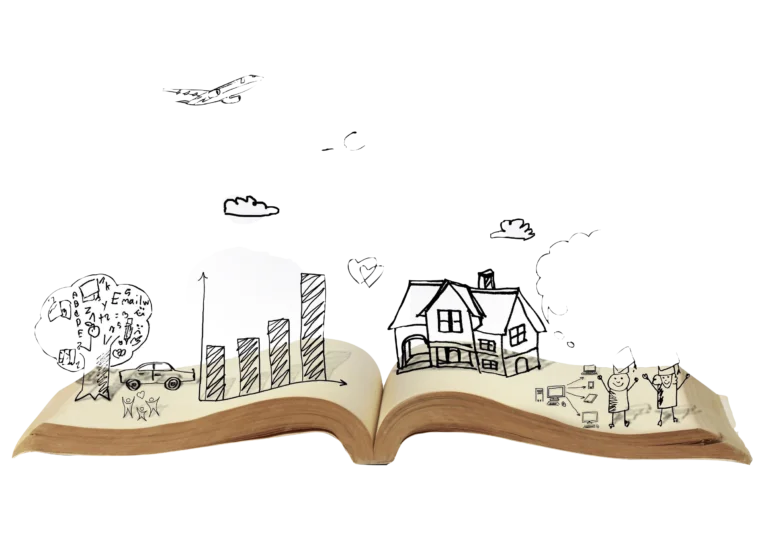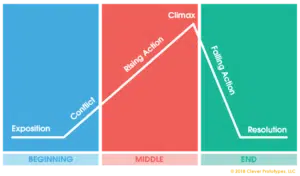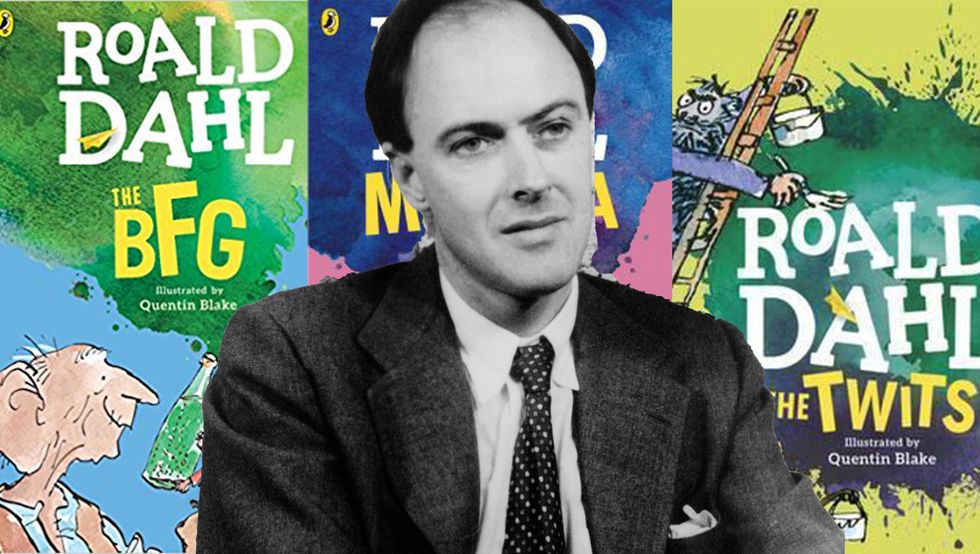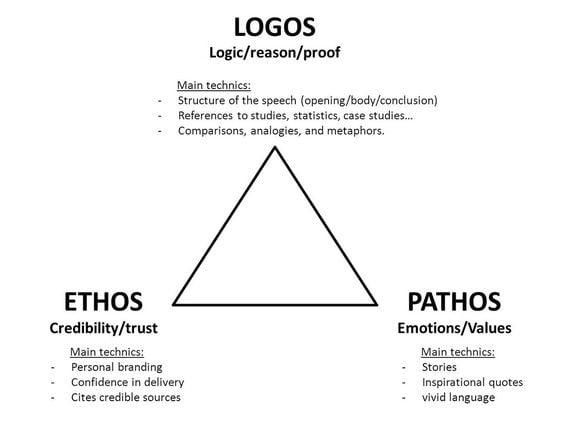The narrative is the connection of events that writers design to give a structure to the story. It is described by the sequential arrangement of events in the plot. In this creative writing lesson, we will learn all about literary narratives-
- What are Literary Narratives?
- Difference between Plot, Narrative and Story
- 5 Elements of Narratives
- What is a Narrative Technique?
- What are Linear and non-Linear Narratives?
- Significance of Narratives in Literate and Creative Writing
- Suggestions while Choosing a Narrative Device
- How to write Narratives in Creative Writing?
- 5 Examples of Narratives in Literature
- Concluding Remarks
What are Literary Narratives?
Narratives are of many kinds. They are both real-life and fictional. It is not only included in stories, prose, poetry, and novels. But applicable in everyday life and used in expressing human feelings and expressions. The narrative is a creative element whereby the authors can use the same events to design their narratives differently. It depends on the tone and the perspective of the authors.
The words “narrative” and “story” are often used interchangeably. But they are completely different when considered in technical terms. The narrative is also sometimes used as an adjective like that of “narrative poetry.”
Difference between Plot, Narrative and Story
A story means just the raw materials which is incorporated and out of which a narrative is made. The story just includes the sequence of events.
A plot describes the sequence of events and happenings along with the description of cause-and-effect relationships in a work of literature.
The narrative is a much broader concept which not only describes the cause-and-effect relation or its sequence. It also comprises the techniques used to portray the events in literature.
5 Elements of Narratives
Point of view
This refers to the perspective that an author uses in a narrative. There are three types of point of view – first person, second person, and third person.
In the first person, the story is told from one’s perspective. In the second person, the story is told using ‘you’. The third-person narrative is about other people.
Style of writing
Each writer or author has their unique style of writing and depicts the stories in a completely different way. One can recognize the work of a specific author if one reads it.
Tone
Tone describes the writer’s attitude towards the work of literature. Each writer gives a unique voice to their work of art. They may be contemplative, romantic, or humorous. Without a doubt, it attracts readers and differentiates it from other works of literature.
Pacing
Pacing holds paramount importance in the work of literature. This depicts how closely bound the events or happenings in a story, novel or literature is. They mean how much time the author devotes to the occurring of each event in the work of literature.
Frame Stories
in this technique, one story is placed in one or more other stories. Telling stories orally, letters, and diaries can all act as a frame story in a narrative.

What is a Narrative Technique?
Narrative techniques have a deeper meaning in comparison to the narrative. It includes the techniques which a reader uses to enhance their imaginary power to visualize events and situations in literature. Authors use personification, similes, metaphors to enhance the style, tone, and pace of their writings.
What are Linear and non-Linear Narratives?
Linear narration is the one that defines the occurrence of events in the sequence it happened.
The non-linear method of narration is used when authors either use flashbacks or flash-forwards to give a twist to the work of literature. The writers go back and forward in time and then describes the present events without proper chronology.
Significance of Narratives in Literate and Creative Writing
Narratives can enhance the work of literature. It provides several benefits in creative art.
- Narratives provide a proper structure to a story, poem, novel, and other works of literature.
- Narratives can help the author to communicate the meaning of literature to the readers or the audiences. They help the readers understand the purpose of the writing and what the author wants to convey.
- The narratives also form a connection between the content and the readers.
Suggestions while Choosing a Narrative Device
- While designing a narrative one should keep in mind the point of view that he wants to represent in the work of literature.
- The second important aim is to represent what aim one’s work wants to serve. The narrative devices should be used keeping in mind the final aim of the literature.
- The form or structure of the literature also forms an indispensable component that must be considered in choosing a narrative device.
How to write Narratives in Creative Writing?
To write a successful narrative, it is essential to remember that the same story can be recounted in many ways. Each of them is a separate narrative. While writing narrative certain points must be kept in mind.
- Which events in the story are most relevant?
- What should be the beginning and the end of the story?
- Which techniques would work better in describing the stories, they include flashbacks and, so on.
- What should be the viewpoint that the author should use?
- Should there be some information that the author should hold back in a narrative to accentuate the interest of the readers?
5 Examples of Narratives in Literature
- The Odyssey by Homer is a classic example of a narrative from Ancient Greece. The poem is considered to be comprising one of the best narratives.
- Romeo and Juliet by William Shakespeare is a narrative in drama. This drama is a narrative of love that ends in a tragedy whereby the plot is laid out in the prologue.
- 1984 by George Orwell uses a straightforward narrative style in his work of literature. This work deals with dystopia and describes events according to their chronological order of happening.
- Animal Farm by George Orwell is another masterpiece using political satire as the main narrative technique. It is considered to be one of the contemporary literary techniques used by the author.
- Don Quixote by Miguel de Cervantes is considered to be the earliest written novel. This has two editions and includes meta-narrative as a technique of writing by the author.
Concluding Remarks
The narrative is an important aspect that authors incorporate to attract readers to literature. Storytelling and listening are an instinct which is present in human nature. Readers are not only entertained but they get enlightened about what the writers try to convey through their writing. Narratives also give context and structure to the works of literature and add uniqueness to its content.
Share with your friends





